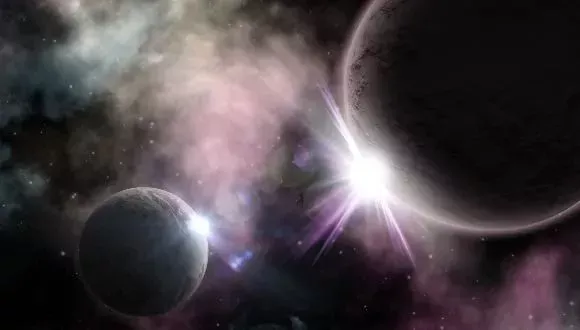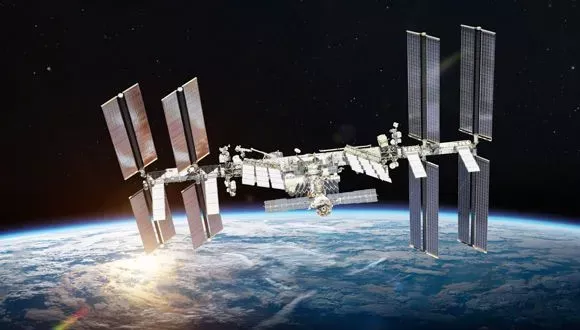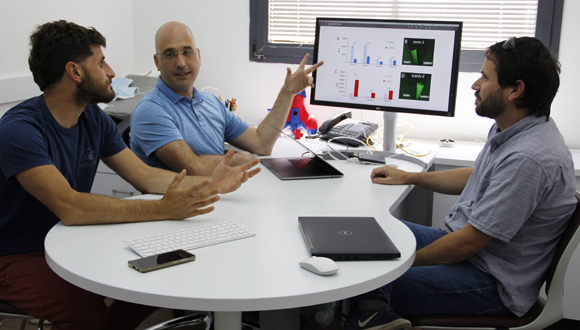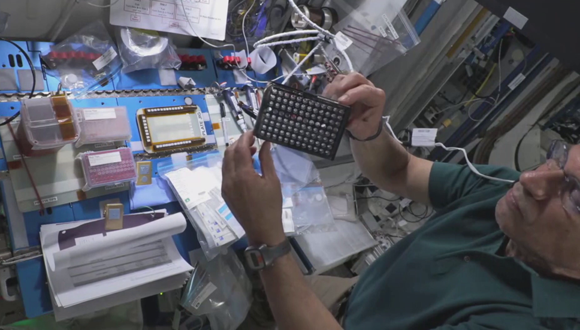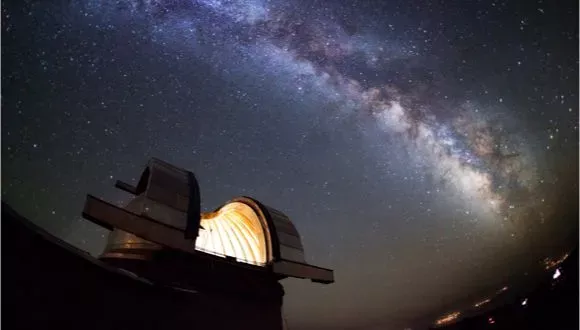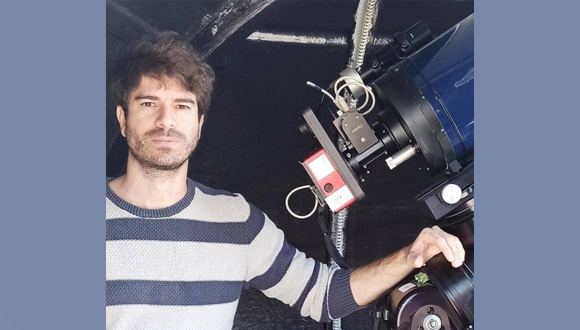Two New Planets Found in Milky Way
TAU team leads discovery of giant planets, similar in size to Jupiter, in remote corner of the galaxy.
Tel Aviv University researchers led the recent discovery of two new planets in remote solar systems within the Milky Way galaxy. They identified the giant planets, named Gaia-1b and Gaia-2b, as part of a study in collaboration with teams from the European Space Agency (ESA) and the body’s Gaia spacecraft.
The development marks the first time that the Gaia spacecraft successfully detected new planets. Gaia is a star-surveying satellite on a mission to chart a 3D map of the Milky Way with unprecedented accuracy comparable to standing on Earth and identifying a 10-shekel coin (roughly the size of a U.S. nickel) on the Moon.
TAU’s Prof. Shay Zucker, Head of the Porter School of the Environment and Earth Sciences, and doctoral student Aviad Panhi from the Raymond and Beverly Sackler School of Physics & Astronomy led the initiative. The findings were published in the scientific journal Astronomy & Astrophysics.
More Discoveries on the Horizon
“The discovery of the two new planets was made in the wake of precise searches, using methods of artificial intelligence, » said Prof. Zucker. « We have also published 40 more candidates we detected by Gaia. The astronomical community will now have to try to corroborate their planetary nature, like we did for the first two candidates. »
The two new planets are referred to as « Hot Jupiters » due to their size and proximity to their host star: « The measurements we made with the telescope in the U.S. confirmed that these were in fact two giant planets, similar in size to the planet Jupiter in our solar system, and located so close to their suns that they complete an orbit in less than four days, meaning that each Earth year is comparable to 90 years of that planet,” he adds.
Giant Leaps for Astronomy
There are eight planets in our solar system. Less known are the hundreds of thousands of other planets in the Milky Way, which contains an untold number of solar systems. Planets in remote solar systems were first discovered in 1995 and have been an ongoing subject of astronomers’ research ever since, in hopes of using them to learn more about our own solar system.
To fulfill its mission, Gaia scans the skies while rotating around an axis, tracking the locations of about 2 billion suns, stars at the center of a solar system, in our galaxy with precision of up to a millionth of a degree. While tracking the location of the stars, Gaia also measures their brightness — an incomparably important feature in observational astronomy, since it relays significant information about the physical characteristics of celestial bodies around them. Changes documented in the brightness of the two remote stars were what led to the discovery. Aviad Panhi explains: « The planets were discovered thanks to the fact that they partially hide their suns every time they complete an orbit, and thus cause a cyclical drop in the intensity of the light reaching us from that distant sun. »
To confirm that the celestial bodies were in fact planets, the researchers performed tracking measurements with the Large Binocular Telescope, in Arizona, one of the largest telescopes in the world today. The telescope makes it possible to track small fluctuations in a star’s movement which are caused by the presence of an orbiting planet.
The discovery marks another milestone in the scientific contribution of the Gaia spacecraft’s mission, which has already been credited with a true revolution in the world of astronomy. Gaia’s ability to discover planets via the partial occultation method, which generally requires continuous monitoring over a long period of time, has been doubted up to now. The research team charged with this mission developed an algorithm specially adapted to Gaia’s characteristics, and searched for years for these signals in the cumulative databases from the spaceship.
Signs of Life?
What about the possibility of life on the surface of those remote new planets? « The new planets are very close to their suns, and therefore the temperature there is extremely high, about 1,000 degrees Celsius, so there is zero chance of life developing there, » explains Panhi. Still, he says, “I’m convinced that there are countless others that do have life on them, and it’s reasonable to assume that in the next few years we will discover signs of organic molecules in the atmospheres of remote planets. Most likely we will not get to visit those distant worlds any time soon, but we’re just starting the journey, and it’s very exciting to be part of the search. »
